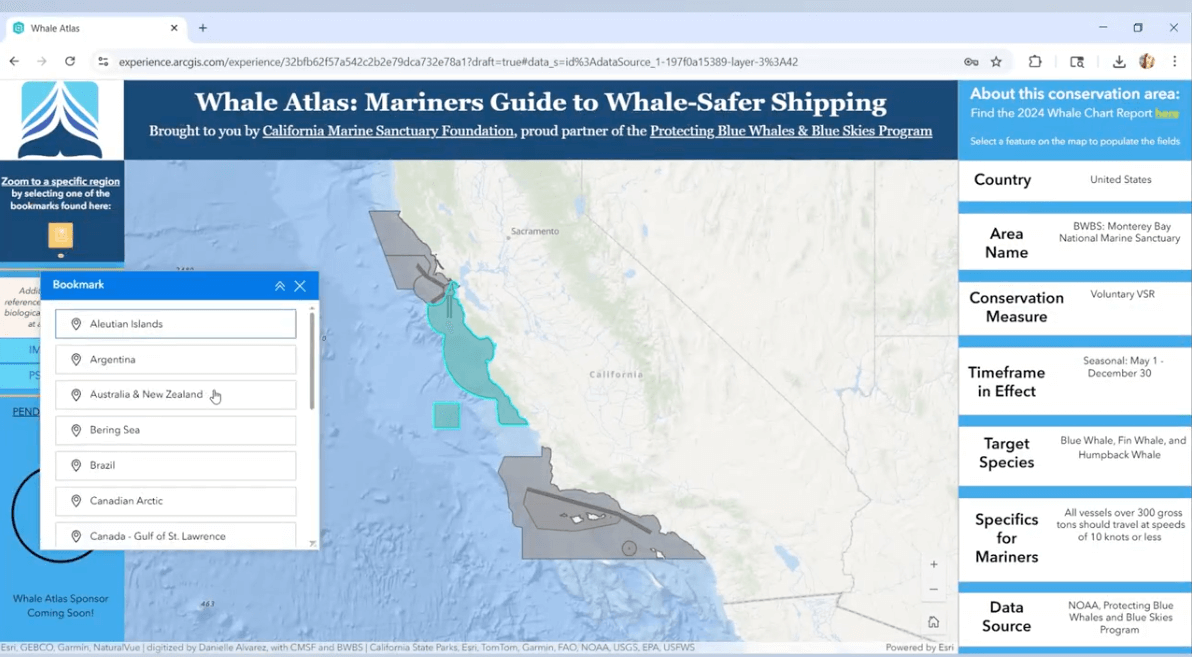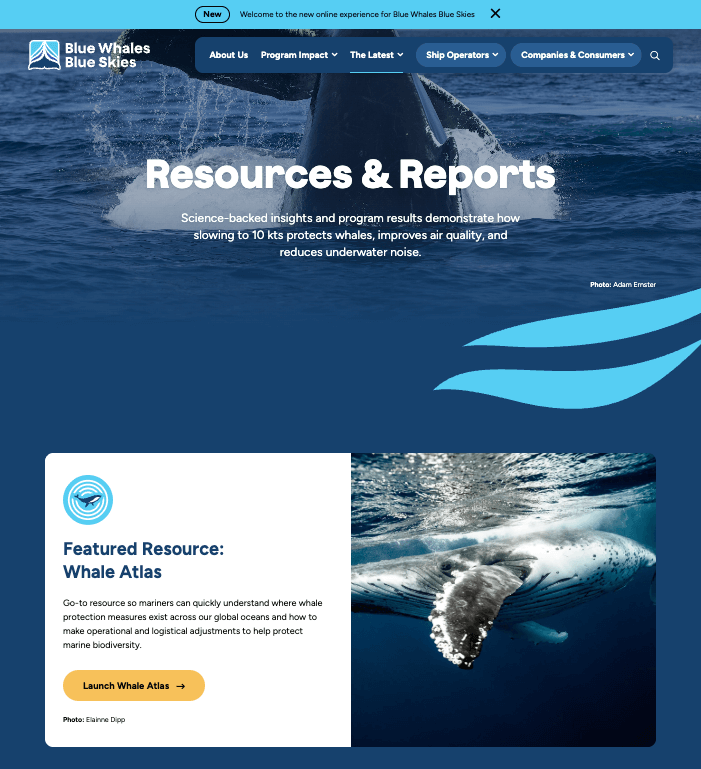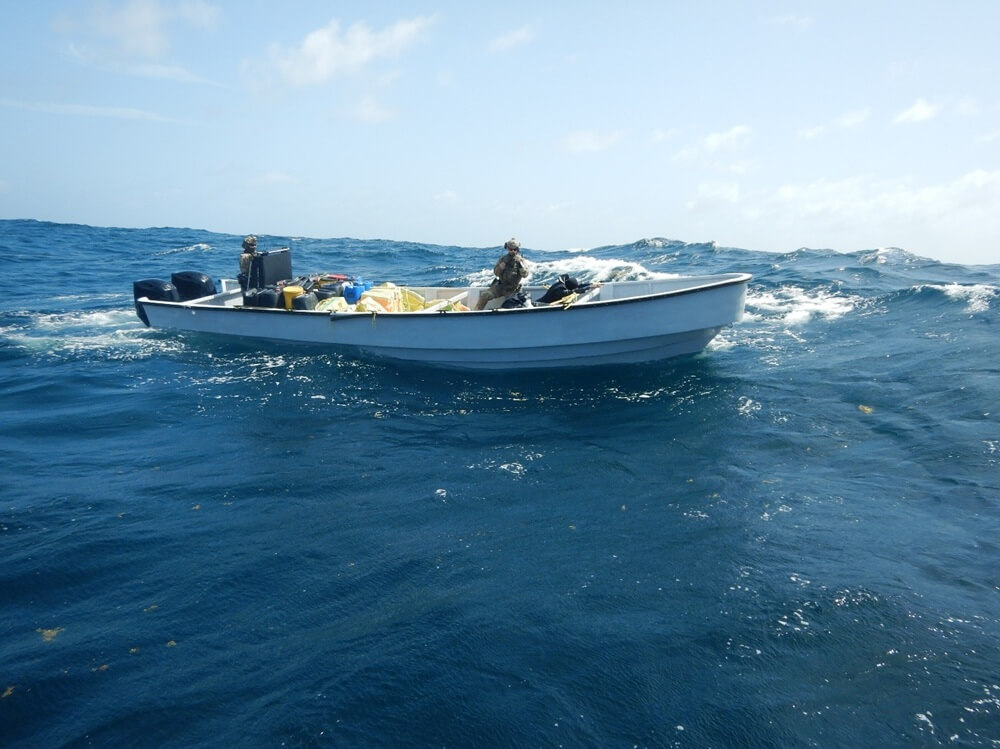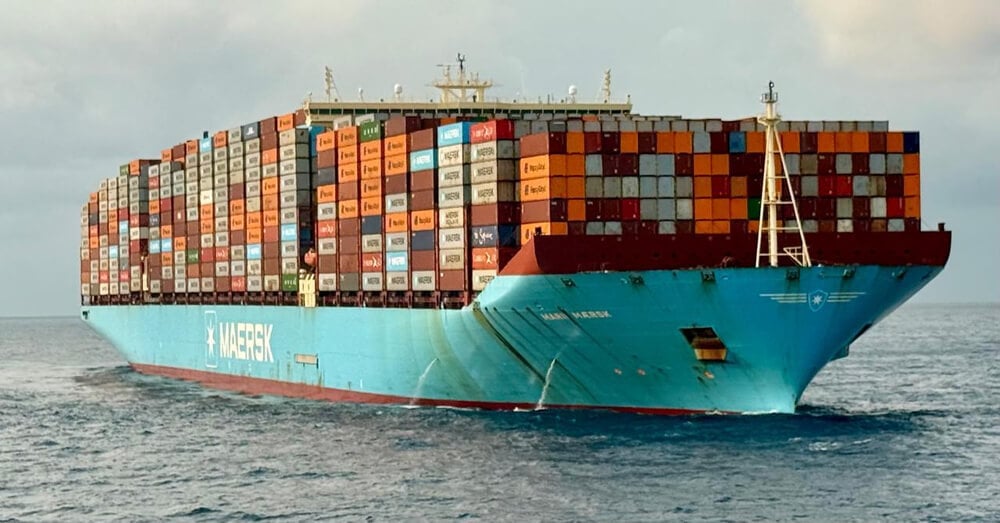Trump: "We're Going to be Buying Ships From South Korea"
Shipbuilding was at the top of the agenda in talks between U.S. President Donald Trump and South Korean President Lee Jae Myung on Monday, and the outcomes included a pledge from Trump to buy ships from Korea.
In hopes of securing lower U.S. tariff rates and keeping the multibillion-dollar Korean auto industry competitive on the U.S. market, Seoul pledged an investment of $150 billion in America's shipbuilding sector. The bid was successful: Korea won a 10-point reduction in its tariff rate, putting its manufacturers on the same footing as competitors in Japan and the EU. To get the Trump administration to seal the deal, Korean trade officials came up with a slogan - "Make American Shipbuilding Great Again," or MASGA.
This gesture won the attention of the administration's trade negotiators, yielding a more favorable 15 percent tariff on Korean cars, computer chips and other exports. Trump's meeting with South Korean President Lee Jae Myung was the first major bilateral press conference after the deal was concluded, and it appeared to yield a result that fulfills the hopes of Korean yards as well: an American intention to buy Korean hulls.
"We're going to be buying ships from South Korea," Trump said. "We love their ships."
Trump told reporters that in the long term, "we're also going to have them make ships here with our people, using our people, and we're going to go back into the shipbuilding business again." As for timing, Trump emphasized that "it takes a while" and that "shipbuilding is a tough one to start."
In addition to favoring Korean ships, Trump has also spoken highly of Finnish shipbuilding. Earlier this year, he told reporters that he has negotiated personally with Finnish President Alexander Stubb on the terms for purchasing used and new icebreakers from a non-U.S. shipyard. Two Finland-based yards, Helsinki Shipyard and Rauma, are said to be bidding for a program to build medium icebreakers for the U.S. Coast Guard (in cooperation with local partners in the United States).
Korean state investment with U.S. guidance
Coinciding with the Trump-Lee meeting on Monday, the U.S. private equity giant Cerberus Capital Management announced a partnership with Korean shipbuilder HD Hyundai to launch a new "maritime investment strategy" focused on American shipbuilding opportunities. The new strategy, Cerberus Maritime, will also look for investment possibilities in the American maritime industry writ large, including maritime logistics, supply chains, infrastructure, ports and technology.
HD Hyundai will provide shipbuilding expertise and serve as an anchor investor in the partnership. In addition, it will bring with it the Korean government's state sponsor for shipping and shipbuilding, Korea Development Bank (KDB). The policy bank is known as a lender of last resort for Korean shipyards; it was the largest shareholder in DSME before it arranged the yard's sale to Hanwha in 2022. In its investment role with HD Hyundai and Cerberus, KDB will "facilitate investments into the Cerberus Maritime strategy" in recognition of the initiative's importance to Korean national objectives.
Cerberus and HD Hyundai have worked together in shipbuilding before. In 2022, Cerberus bought the former Hanjin-owned shipyard in Subic Bay, the biggest yard in the Philippines. Cerberus has leased out part of the space to HD Hyundai, which is investing $550 million at the site and plans to begin building product tankers there by early next year.



